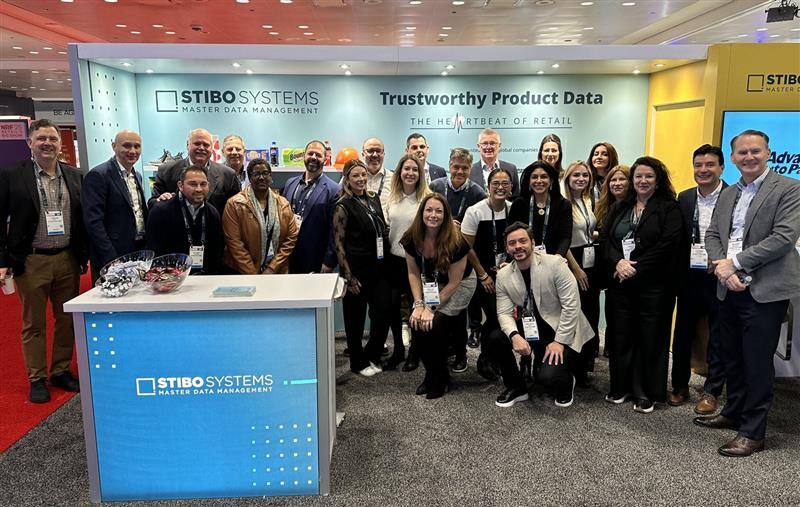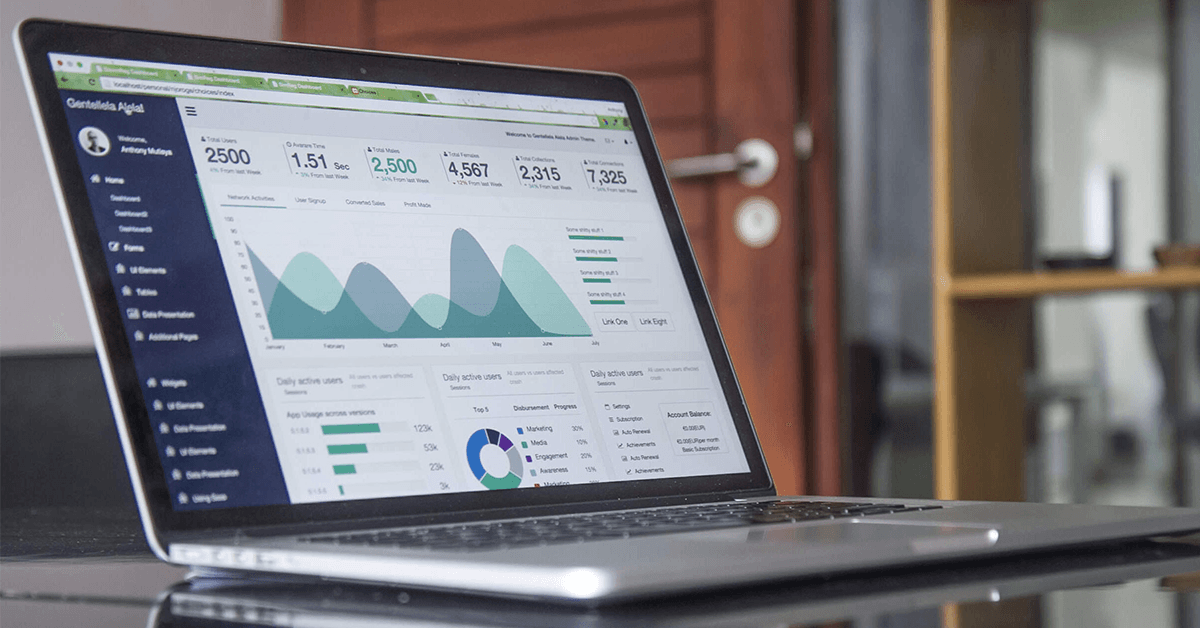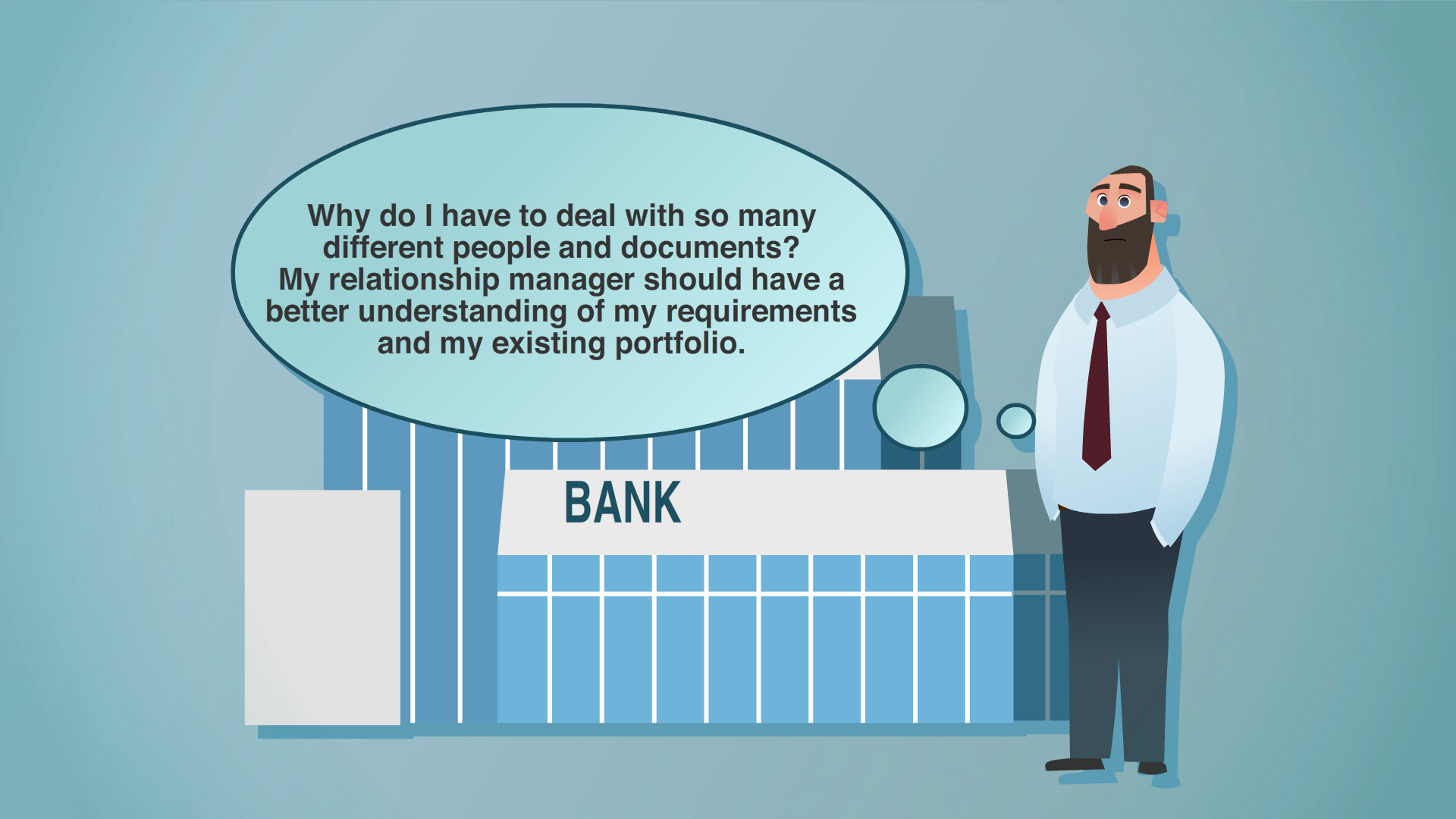The challenges of outdated and layered ERP systems
Data fragmentation and inconsistencies
ERP systems layered with numerous add-ons or those built on older frameworks often create data silos, where different departments work from conflicting versions of the same information.
Impact:
- Teams waste time reconciling inconsistent data, leading to inefficiency and frustration.
- Decision making suffers because leaders can’t fully trust the numbers in front of them.
Dependence on legacy features
Outdated ERP systems often rely on obsolete programming languages or unsupported platforms, making updates risky and expensive. Layered solutions, on the other hand, add complexity, creating a maze of dependencies.
Impact:
- Businesses face higher costs to maintain systems that no longer meet their needs.
- Aging systems increase security risks, leaving critical data vulnerable.
Inefficiency in operations
A heavily layered ERP system introduces workflow redundancies, requiring manual interventions to make up for missing or incompatible features.
Impact:
- Employees spend more time troubleshooting than focusing on value-added activities.
- Automated solutions are harder to implement, slowing down process improvements.
Limited scalability
Layered systems may handle today’s needs but quickly become overwhelmed as businesses grow or expand operations. Outdated systems face similar limitations, often incapable of integrating new technologies.
Impact:
- Stifled growth potential due to technology bottlenecks.
- Difficulty integrating modern tools such as AI-driven analytics, cloud platforms, or ecommerce integrations.
MDM: A solution for both scenarios
Master Data Management (MDM) addresses the core issue shared by both outdated and layered ERP systems lack of data integrity. By establishing a single source of truth, MDM ensures that information across the organization is consistent, reliable, and actionable.
Key benefits of MDM for ERP systems
- Enhanced data quality:
MDM eliminates errors, duplicates, and redundancies, ensuring your team works with accurate and trusted data. - Improved scalability:
With MDM, your ERP system gains the flexibility needed to scale, adapt, and integrate with modern tools - Operational efficiency:
MDM streamlines workflows by aligning processes and reducing reliance on manual fixes. - Better decision making:
Clean, consistent data empowers leaders to make informed decisions based on reliable insights
Best practices for implementing MDM
Assess your current system
Begin with a comprehensive evaluation of your existing ERP system and data landscape. This includes:
- Identifying gaps: Where are data inconsistencies most frequent? Are reports unreliable or difficult to reconcile?
- Understanding dependencies: Map out how different systems, modules, and departments rely on and interact with data.
- Evaluating redundancies: Look for duplicate processes or excessive manual interventions caused by inefficiencies in your ERP system.
Pro tip: Engage IT teams and department heads during this phase - they’ll provide valuable insights into day-to-day challenges caused by outdated or layered systems.
Develop a strategic roadmap
An effective MDM implementation starts with a clear strategy. Outline your goals, timelines, and success metrics to ensure all stakeholders are aligned. Key steps include:
- Define objectives: What business challenges will MDM address? Examples include reducing manual corrections, enabling faster reporting, or improving data accuracy for decision making.
- Prioritize use cases: Focus on critical areas where data quality has the greatest impact, such as sales forecasting, supply chain management, or customer relationship management (CRM).
- Establish milestones: Break down the implementation process into manageable phases to maintain momentum and track progress.
Pro tip: Keep the roadmap agile. As you progress, you may uncover new opportunities or challenges that require adjustments to the plan.
Engage stakeholders across departments
MDM is not just an IT initiative, it’s a business-wide transformation. For a successful implementation:
- Involve key teams early: Ensure input from all departments that rely on shared data (e.g., finance, marketing, operations).
- Communicate benefits: Show how MDM will resolve pain points for each team, such as eliminating redundant tasks or improving reporting accuracy.
- Appoint champions: Designate data stewards or champions in each department to help ensure buy-in and provide ongoing feedback during implementation.
Pro tip: Frame MDM as an enabler of success for everyone, not just another tech overhaul. Highlight the long-term benefits of better data.
Establish robust data governance
Data governance ensures the sustainability of your MDM efforts. This involves creating policies and procedures that maintain data quality and integrity over time. Focus on:
- Defining data standards: Create clear definitions for key data elements like customer IDs, product codes, or financial categories.
- Implementing data validation processes: Use automated tools to check for errors, duplicates, or inconsistencies as data is entered or updated.
- Assigning ownership: Make individuals or teams responsible for maintaining specific datasets, ensuring accountability.
- Regular audits: Periodically review your data to identify and address new inconsistencies or errors.
Pro tip: Data governance isn’t a one-time effort, it’s an ongoing process. Invest in training and tools to keep everyone aligned.
Leverage automation and integration tools
Modern MDM solutions come with automation features and integration capabilities that streamline processes and improve outcomes:
- Data harmonization: Automate the alignment of data from multiple sources to create a unified view.
- Real-time updates: Ensure changes in one system are reflected across all systems to maintain consistency.
- System integrations: Connect your MDM framework with existing ERP, CRM, and other enterprise systems for seamless operations.
Pro tip: Avoid overcomplicating the system with unnecessary features. Focus on tools that align with your specific business goals and scalability needs.
Start small, then scale
While it may be tempting to tackle all your data challenges at once, a phased approach often works best:
- Pilot programs: Start with a single department or use case to demonstrate the value of MDM.
- Iterative improvements: Use feedback from early adopters to refine the process before rolling out across the organization.
- Scalability planning: Ensure the system can scale to handle more complex data needs as your business grows.
Pro tip: Success in one area can build momentum and generate enthusiasm for broader implementation.
Measure success and refine
After implementation, evaluate the effectiveness of your MDM framework to ensure it’s delivering the expected benefits. Key performance indicators (KPIs) might include:
- Reduction in manual data corrections.
- Increased accuracy in reports and forecasts.
- Time saved on data-related tasks.
- Improved satisfaction among teams relying on shared data.
Pro tip: Solicit feedback from end-users regularly. This ensures the system evolves to meet changing business needs.
Essential learning:
Implementing MDM is a multi-step process that requires careful planning, collaboration, and continuous improvement. By following these best practices, businesses can maximize the value of their MDM investments, enhance ERP performance, and build a foundation for long-term success.
FAQs
- How can I tell if my ERP system needs MDM?
Look for signs such as data inconsistencies, manual workarounds or difficulty scaling your current ERP. These issues suggest that your ERP is either outdated or over-layered and could benefit from MDM.
- Does MDM replace my ERP system?
No, MDM enhances your ERP system by ensuring data quality and consistency. It supports and extends the value of your existing system.
- Is MDM only for large enterprises?
Not at all. Small and medium-sized businesses can benefit significantly from MDM, particularly as they prepare for growth and need scalable solutions.
- What’s the first step in implementing MDM?
Start with a comprehensive data audit to identify gaps and inconsistencies. From there, build a roadmap for integration and governance.
- How long does it take to see results?
Most businesses see improvements in data quality and efficiency within a few months, depending on the complexity of the integration.
Conclusion
Whether your ERP system is outdated or layered with customizations, it likely isn’t meeting your current needs. By integrating MDM, businesses can move beyond these challenges and create a foundation for precision, efficiency, and scalable growth.
It’s time to let go of patchwork solutions and build a system that supports your future success. The journey begins with a commitment to better data and the results will speak for themselves.









































































































































































































